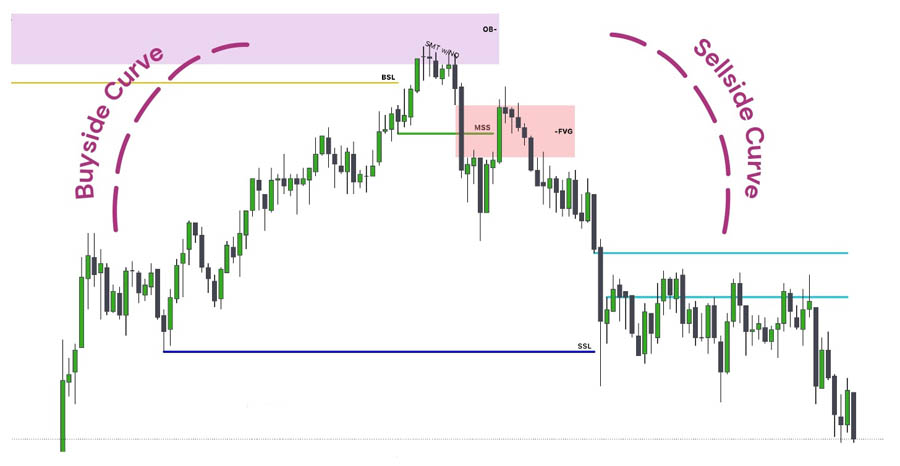Bully Tee Blog
Your go-to source for everything related to bullies and tee culture.
Marketplace Liquidity Models: Where Every Seller Finds a Buyer
Discover innovative marketplace liquidity models that ensure every seller connects with eager buyers. Unlock your marketplace potential now!
Understanding Marketplace Liquidity: Key Models Explained
Marketplace liquidity is a critical concept that underpins the efficiency and functionality of various trading platforms, whether they be for stocks, cryptocurrencies, or other assets. At its core, liquidity refers to the ease with which assets can be bought or sold in a marketplace without causing significant price changes. To understand this concept better, it's essential to explore key liquidity models that characterize how different markets operate. The order book model, for instance, lists buy and sell orders, providing real-time insights into supply and demand, while the automated market maker (AMM) model, frequently used in decentralized finance, relies on smart contracts to facilitate trades based on fixed ratios rather than traditional order matching.
Another essential model is the centralized exchange model, where a trusted third-party manages transactions and often provides higher liquidity due to a larger pool of buyers and sellers. Conversely, the peer-to-peer (P2P) model allows users to trade directly with one another, which can lead to lower liquidity as trades depend heavily on individual counterparties. Understanding these models is vital for investors and traders alike, as choosing the right marketplace and liquidity model can significantly affect trading strategies and overall market efficiency.

Counter-Strike is a highly popular first-person shooter game that has captivated millions of players around the world. With its focus on teamwork and strategy, players can engage in thrilling matches, either as terrorists or counter-terrorists. Additionally, players often seek ways to enhance their gaming experience, such as by using a daddyskins promo code to unlock new skins and items.
How Marketplace Liquidity Impacts Seller Success
Marketplace liquidity plays a crucial role in determining seller success in online platforms. When a marketplace has high liquidity, it indicates a large volume of transactions and a diverse range of buyers looking for products. This dynamic environment fosters competition, allowing sellers to attract more potential customers. In contrast, low liquidity can lead to stagnant sales and diminished visibility for sellers' products, ultimately impacting their ability to thrive in a competitive landscape.
Moreover, liquidity influences pricing strategies and inventory management for sellers. When buyers are plentiful, sellers can afford to set competitive prices, increasing their chances of making sales. Conversely, in a less liquid market, sellers may have to resort to discounts or promotions to entice buyers, which can negatively affect their profit margins. Thus, understanding how marketplace liquidity affects seller success is essential for those looking to optimize their strategies and improve their performance in the marketplace.
What Are the Best Strategies for Enhancing Marketplace Liquidity?
Enhancing marketplace liquidity is crucial for ensuring efficient trading and attracting more participants. One effective strategy is to increase market participation by implementing user-friendly platforms that cater to both buyers and sellers. This can include offering incentives such as reduced transaction fees or promotional campaigns that encourage new users to engage with the marketplace. Furthermore, introducing dynamic pricing models can help adjust rates based on real-time demand, ensuring that listings remain competitive.
Another important tactic is to leverage technology and data analytics to gain insights into market trends and user behavior. By analyzing transaction histories and tracking user engagement, marketplace operators can identify liquidity gaps and develop targeted strategies to address them. Additionally, fostering partnerships with other platforms can broaden visibility and enhance trading opportunities, leading to an increase in trading volume and overall market liquidity.